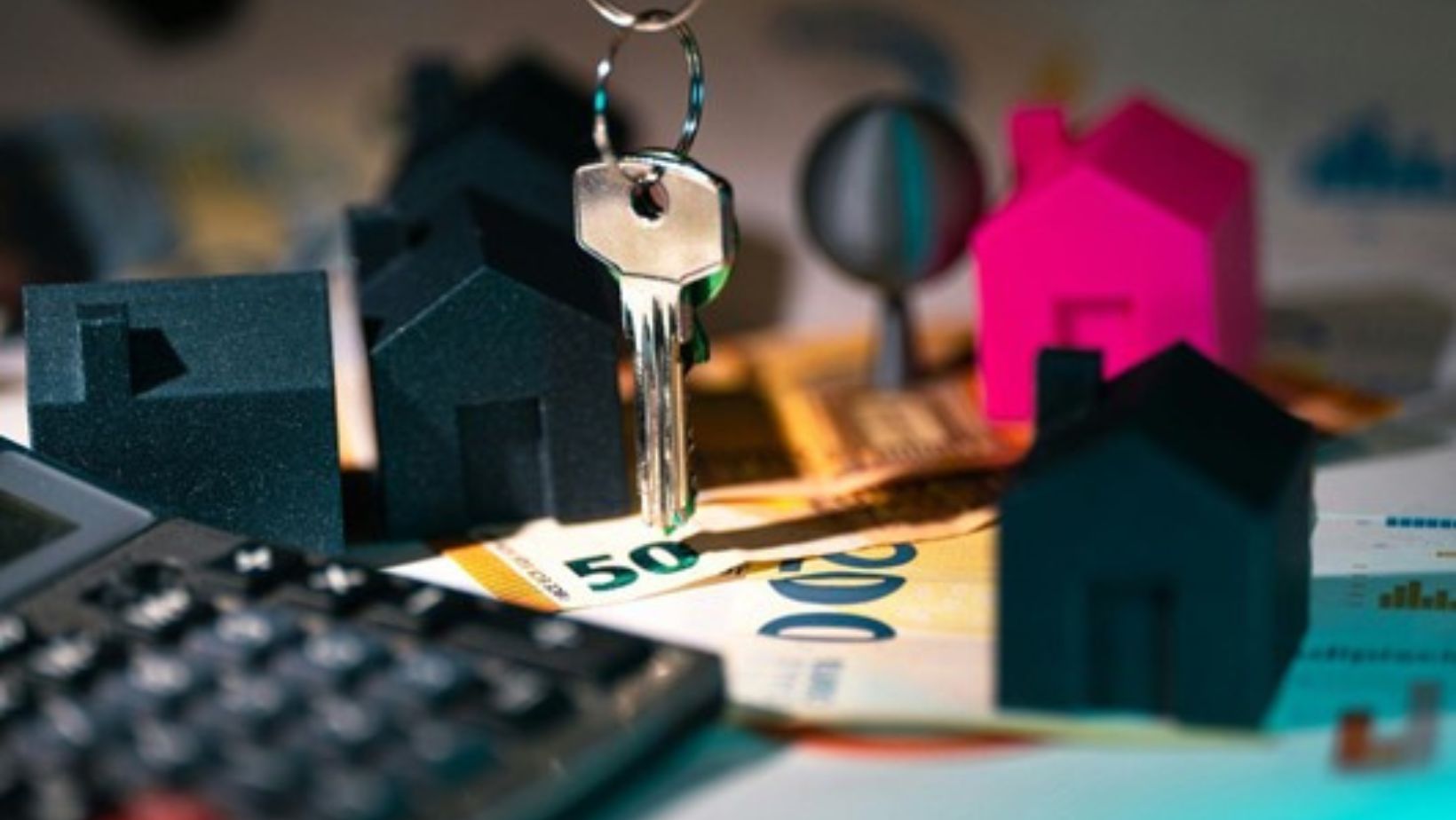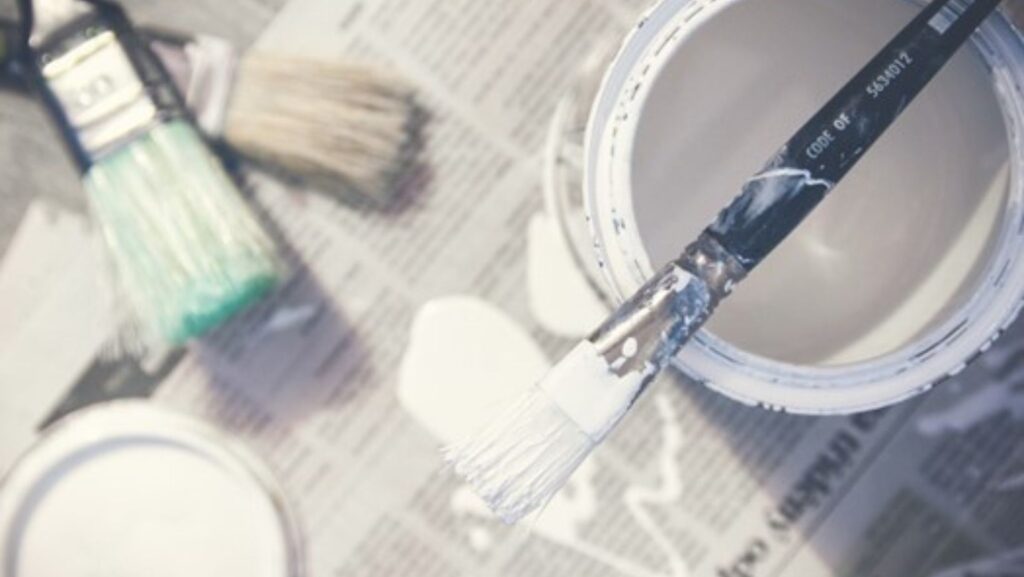Whether planning a complete kitchen remodel, adding an extra room, or upgrading your backyard, securing the proper funding is essential to bringing your vision to life. With many financing options available, knowing which one best suits your needs can take time. This guide explores several effective strategies for securing funding for your next home improvement project. These strategies will help you make better decisions and manage your budget effectively.
Assess the Scope and Cost of Your Project
Before exploring financing options, it’s essential to determine the scope and estimated cost of your home improvement project. This first step will help you determine how much money you’ll need, whether you should pursue financing, and whether your project can be funded out-of-pocket. Be thorough in your planning—unexpected costs can arise, so it’s a good idea to set aside an extra of your budget for contingencies.
If your budget is limited, consider prioritizing which parts of your project are essential and which can be postponed or scaled back. For example, if you’re renovating a kitchen, replace outdated appliances and tackle the countertops later. According to reputable providers of title loans in Florida, rest assured that you can always use your car as collateral later on to meet the budget you need. You can explore financing options once you understand your project’s scope and budget.
Use Savings or a Personal Loan
If you’ve been planning your home improvement project for some time, using your savings can be one of the most cost-effective ways to finance your upgrades. Paying in cash means you won’t worry about interest rates or monthly payments. Funding your project directly from your savings offers peace of mind, as you won’t incur debt or interest. If you’ve been able to set aside a portion of your income for home improvements, this can be the most straightforward and stress-free option. However, it’s crucial not to deplete your emergency fund entirely—leave enough for unexpected expenses or financial setbacks.
If your savings won’t cover the full cost of your project, a personal loan can be an alternative. Personal loans are relatively quick to obtain, and many lenders offer competitive rates depending on your credit score. Unlike home equity loans, personal loans don’t use your home as collateral, so your property isn’t at risk if you struggle to make payments. The interest rates on personal loans are often higher than secured loans, and loan amounts may be limited.
Home Equity Loans and Lines of Credit (HELOC)
If you own your home and have built up equity, you can borrow against that equity to fund your home improvement project. A home equity loan lets you borrow based on your home’s equity value. This type of loan typically has a fixed interest rate and repayment period, making it a stable option for those who prefer predictable monthly payments.

With a HELOC, you’ll have access to a line of credit, and you can borrow as much or as little as you need over a specified period. HELOCs usually have variable interest rates, which means your payments can fluctuate. Both home equity loans and HELOCs offer lower interest rates because your home secures them. They’re especially beneficial for large projects like kitchen remodels or adding an extra bedroom, as they allow you to borrow significant amounts. However, the variable interest rates of HELOCs can make it harder to budget for future payments if rates increase.
Government Programs and Grants
For specific home improvement projects, especially those that improve energy efficiency or accessibility, you may qualify for government programs, grants, or tax incentives. The Federal Housing Administration (FHA) funds homeowners who need financing for property repairs and improvements. These loans can be used for roof repairs, new windows, or installing energy-efficient appliances. Title I loans do not require equity in your home, and they have fixed interest rates.
If your home improvement project involves upgrading insulation, installing solar panels, or adding energy-efficient windows, you may qualify for energy-efficient grants or tax credits. The federal government and many states offer programs that provide financial incentives to encourage homeowners to make energy-saving improvements. Homeowners with disabilities or elderly individuals looking to make their homes more accessible may qualify for grants that help cover the cost of installing ramps, widening doorways, or adding accessible bathrooms. Researching government programs and grants can help offset the cost of your home improvement project, especially if your renovations align with specific criteria like energy efficiency or accessibility.
Credit Cards and Promotional Financing
Some retailers and home improvement stores provide promotional financing for their products and services. These promotions often include 0% interest for a set period, allowing you to pay for your project over time without incurring interest charges—provided you pay off the balance before the promotional period ends. If you already have a rewards credit card, using it for home improvement purchases could earn you cashback, points, or miles. This can help offset the cost of your project while also providing a flexible repayment option. Be cautious about relying on credit cards for large projects. You could be hit with high interest rates if you pay off the balance after the promotional period ends.
Contractor Financing Options
Some contractors offer financing options, which can be convenient if you work with a reputable company.

These financing plans are typically provided through partnerships with financial institutions, allowing you to pay for your project over time. Contractor financing can be a simple and hassle-free way to fund your project since the contractor handles the financing application process. It’s also convenient if you need to start your project immediately but need more funds upfront. Always read the fine print when choosing contractor financing.
Refinance Your Mortgage
If interest rates are lower than when you initially purchased your home, refinancing your mortgage could provide you with extra funds for your home improvement project. Refinancing involves replacing your current mortgage with a new one, often at a lower interest rate, which can reduce your monthly payments or give you access to cash. With a cash-out refinance, you refinance your mortgage. This can be an excellent option if you have significant equity in your home and want to fund an extensive renovation. Remember that refinancing resets the clock on your mortgage, meaning you’ll extend your repayment term. You’ll also incur closing costs, so it’s important to calculate whether the benefits of refinancing outweigh the costs.
Securing funding for your home improvement project is essential to ensure its success. By exploring various financing options—whether it’s through savings, loans, government programs, or refinancing—you can find the best solution for your financial situation and project needs. Take the time to compare interest rates, terms, and potential risks to make an informed decision that fits your budget and goals. With the proper funding, your dream home improvement project can become a reality, enhancing the comfort and value of your home for years to come.


More Stories
The Importance of Quality Siding in MA
The Impact of Automated Window Treatments on Modern Home Design
6 Creative Roofing Designs That Redefine Modern Homes